27 January 2025
In today’s fast-paced, gadget-heavy world, convenience is key. We’ve seen it in the way we communicate, the way we shop, and now, even in the way we charge our devices. Remember the good ol' days when you had to fumble around with tangled cords just to get some juice into your phone? Well, wireless charging has come along to save the day. But what exactly makes this technology tick? How can you charge your device without plugging it in? Let’s break it down.
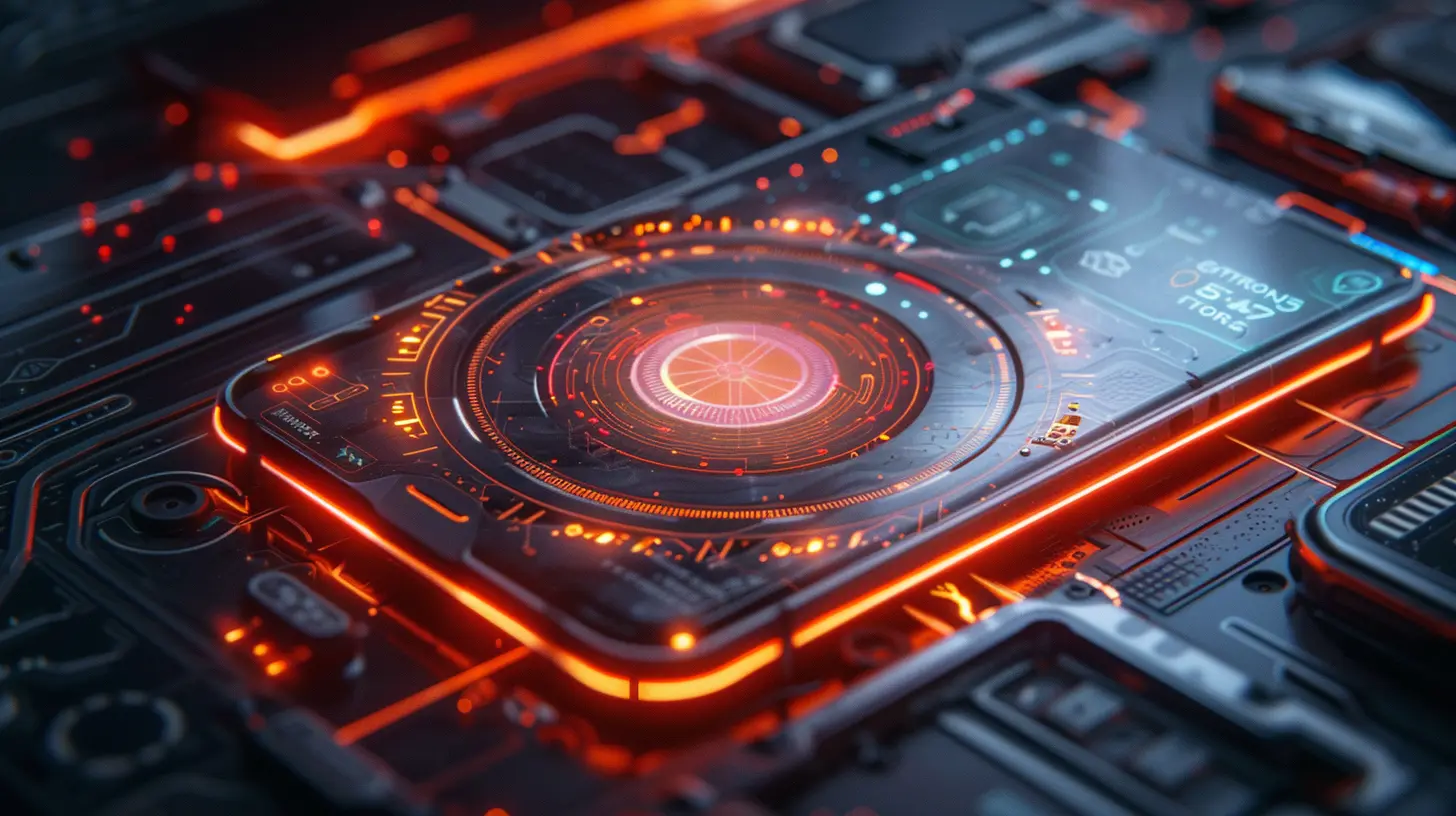
What is Wireless Charging?
Alright, let’s start with the basics. Wireless charging, also known as inductive charging, is a method of powering up your devices without the need for physical connectors or cables. Instead of plugging in your phone, tablet, or smartwatch, you simply place it on a charging pad, and boom, your device starts charging. But how does this happen? It almost feels like magic, right?Well, it’s not magic—it’s science, and it’s rooted in electromagnetic fields. Wireless charging relies on a principle called electromagnetic induction, which was discovered way back in the 19th century by Michael Faraday. But before we get too far ahead of ourselves, let’s dive deeper into how this technology works.
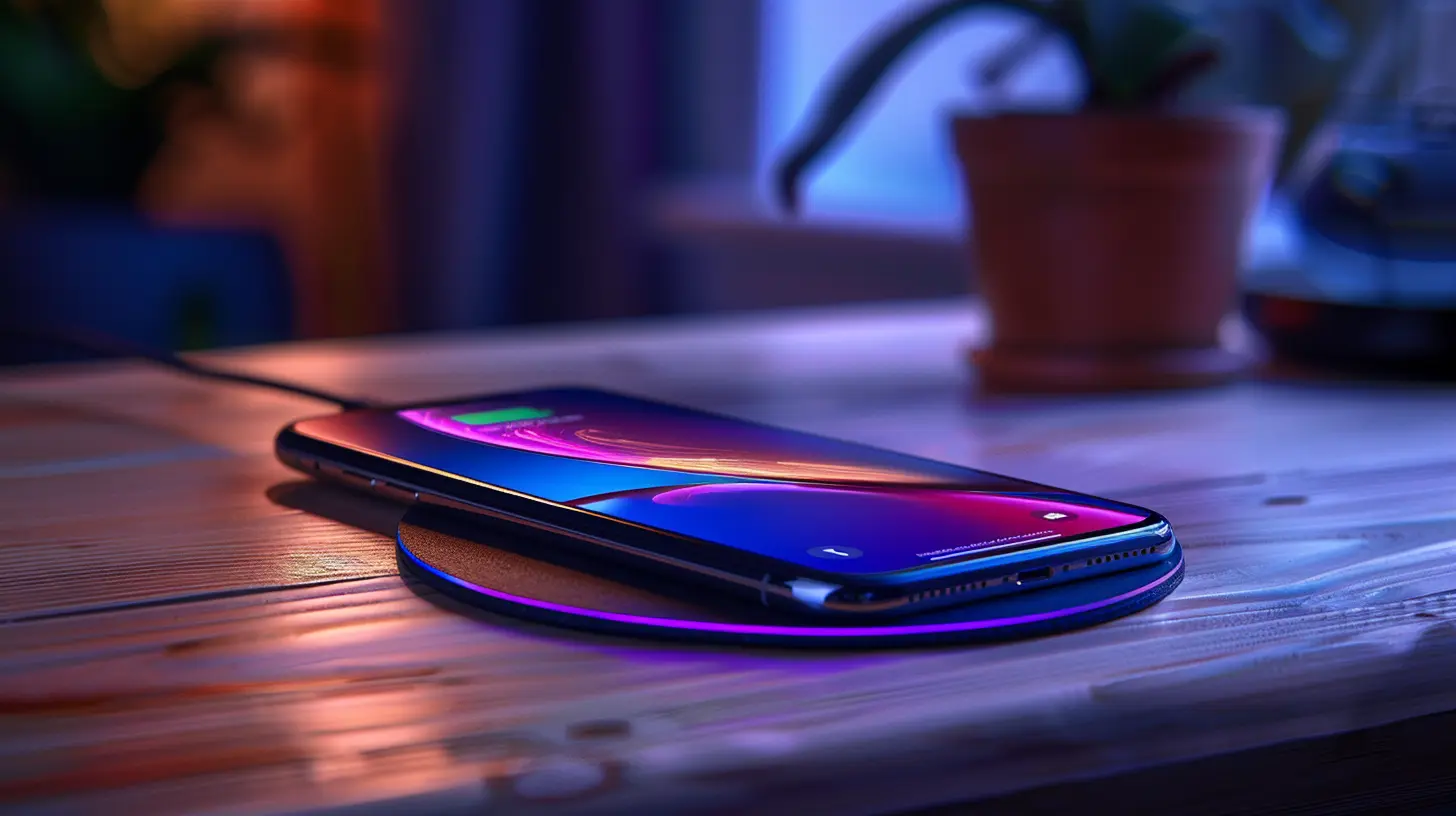
How Does Wireless Charging Work?
At the heart of wireless charging is a process called electromagnetic induction. It sounds fancy, but the concept is relatively simple. When you place your smartphone on a wireless charging pad, two important components come into play: the transmitter and the receiver.- Transmitter (Charging Pad): This is the part inside the charging pad, or base station. It generates an electromagnetic field.
- Receiver (Device): The receiver is inside your phone or gadget. It picks up the energy from the electromagnetic field and converts it into electrical energy to charge your device.
In short, the charging pad creates an electromagnetic field that transfers energy to your device. Your gadget's receiver converts that electromagnetic energy into electrical energy, which then charges your battery. Voila! You’ve just powered up your device without plugging anything in.
The Role of Electromagnetic Fields
To understand wireless charging more deeply, let’s revisit those electromagnetic fields. When electric current flows through a wire coil in the transmitter (charging pad), it generates an electromagnetic field around it. When another coil, present in the receiver (in your phone, for example), is placed in this field, it induces a current. This current is then used to charge your device’s battery.Think of it like this: The charging pad is like a radio station broadcasting energy, and your phone is like a radio, tuning in to that broadcast and turning it into something useful—power.
Types of Wireless Charging
You might be surprised to learn that there are different types of wireless charging. Let’s break down the most common ones:1. Inductive Charging
This is the most common form of wireless charging we see today. It uses tightly coupled electromagnetic fields to transfer energy. The charging pad and the device need to be in close proximity (usually within a few millimeters) for the transfer to happen. Qi (pronounced “chee”) is the most widely used inductive charging standard, found in most modern smartphones.2. Resonant Charging
Resonant charging is a bit more advanced than inductive charging. It uses loosely coupled electromagnetic fields, which means the device doesn’t have to be as close to the charger. In some cases, resonant chargers can work from a few centimeters away. This technology is still developing but holds promise for future applications where we might not need to place our devices directly on a pad to charge them.3. Radio Frequency (RF) Charging
RF charging is an exciting, though less common, technology that uses radio waves to transmit energy to a receiving device. While this method is still in its infancy, it has the potential to charge devices over a longer distance—imagine charging your phone while it’s in your pocket or across the room!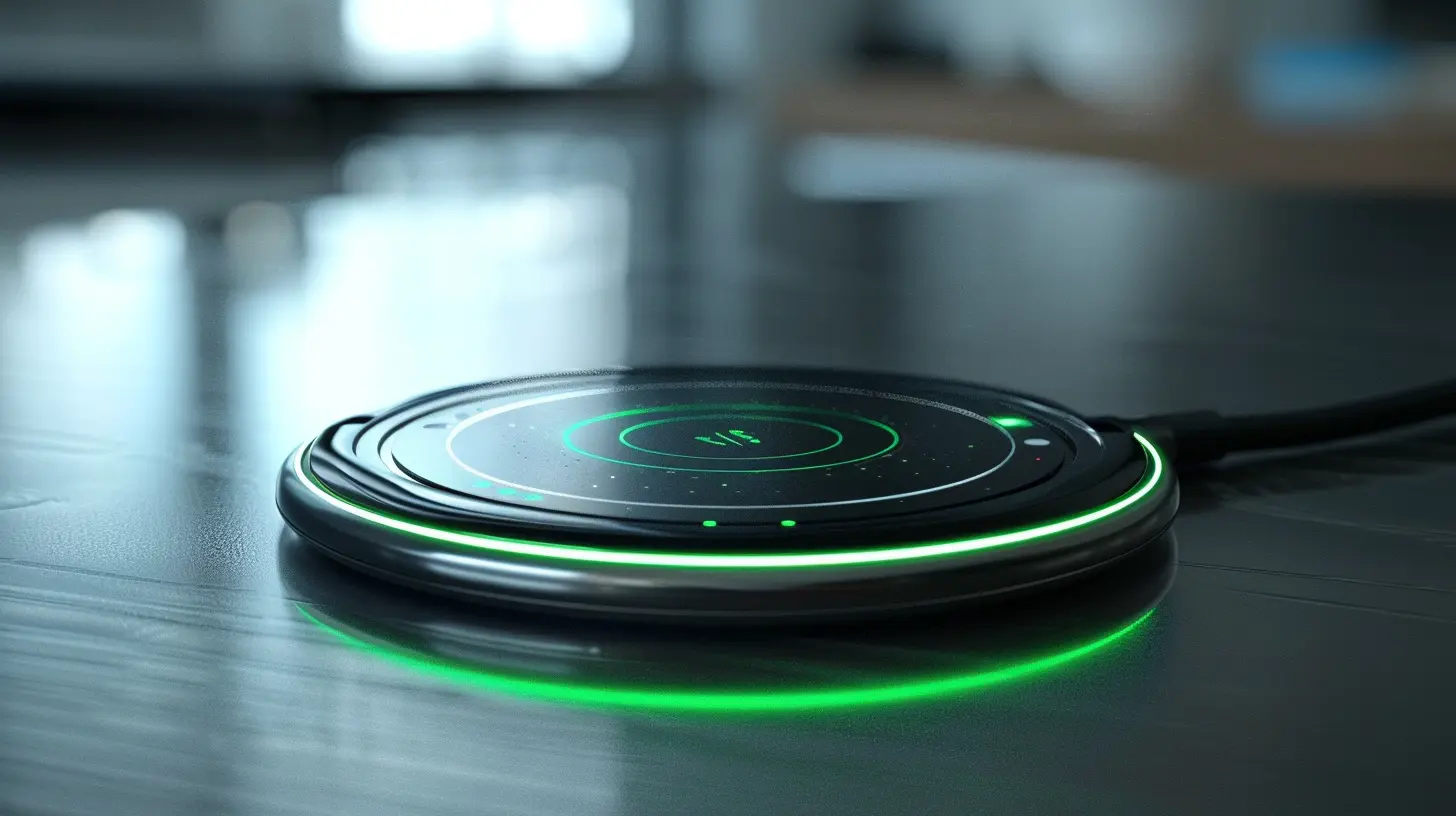
The Advantages of Wireless Charging
So, what’s the big deal? Why go wireless when plugging in a cable works just fine? Well, there are a few key benefits to wireless charging that make it worth considering.1. Convenience
Let’s be honest—convenience is king in today’s world. Wireless charging eliminates the need to fumble around with cords, which can often wear out or get tangled. Just drop your device on a pad, and you’re good to go.2. Reduced Wear and Tear
The more you plug and unplug your device, the more wear and tear you put on your charging port. Over time, this can lead to damage, which may require expensive repairs. Wireless charging eliminates this issue since there’s no physical connection involved.3. Less Clutter
Wireless charging pads can help reduce clutter on your desk or nightstand. Instead of dealing with multiple cables for various devices, you can use a single charging pad to charge multiple gadgets (depending on the pad’s design).4. Safer in Wet Conditions
Ever tried charging your phone with wet hands? Not only is it inconvenient, but it can also be dangerous. Wireless charging is safer in such situations since there’s no direct electrical connection between your device and the charger.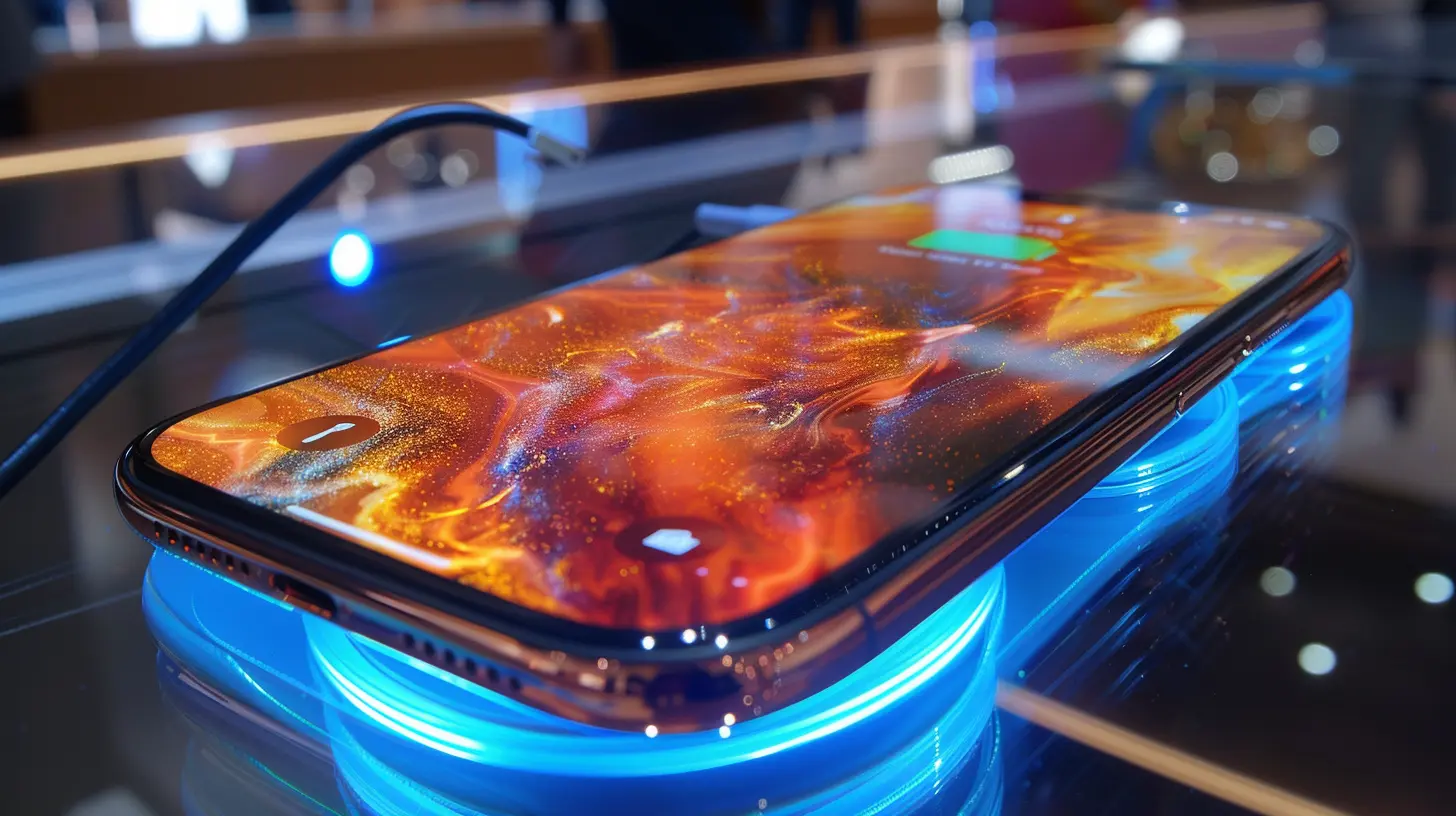
The Limitations of Wireless Charging
As great as wireless charging is, it’s not without its drawbacks. Here are a few limitations to keep in mind.1. Slower Charging Speeds
Wireless charging tends to be slower than traditional wired charging. While newer wireless chargers are improving in this regard, they still can’t compete with the speed of a direct connection, especially when it comes to fast charging.2. Efficiency Loss
Because wireless charging relies on the transfer of energy through electromagnetic fields, a portion of the energy is lost in the process. This makes wireless charging less efficient than wired charging, which directly transfers energy.3. Positioning Matters
With most wireless chargers, you need to place your device correctly on the pad. If it’s misaligned, the charging process might not work as efficiently—or might not work at all. This can be a bit of a hassle if you’re in a hurry.4. Heat Generation
Wireless charging can generate more heat than wired charging. Excess heat isn’t great for your device’s battery in the long run, as it can degrade battery health over time.The Future of Wireless Charging
Wireless charging technology is evolving rapidly, and the future looks bright. So, what can we expect in the years to come?1. Longer Range Charging
One of the most exciting developments in wireless charging is the possibility of longer-range charging. Imagine walking into a room and your phone instantly begins to charge, no pad required! Companies are working on technologies that can charge your devices from several feet away, using methods like RF or even laser-based charging.2. Faster Wireless Charging
As wireless charging technology advances, we can expect faster charging speeds. Some companies are already developing high-power wireless chargers that can rival wired fast charging. In the near future, we may see wireless charging that’s just as fast, if not faster, than plugging in a cable.3. Universal Charging
One of the challenges with wireless charging today is that not all devices are compatible with the same chargers. However, as wireless charging standards like Qi become more widespread, we can expect greater compatibility between devices. This means you could potentially charge your smartphone, laptop, and smartwatch on the same pad.4. Integration into More Devices
Currently, wireless charging is mostly limited to smartphones and a few other gadgets like smartwatches and earbuds. But as the technology becomes more mainstream, we can expect it to be integrated into a wider range of devices, from laptops to kitchen appliances. Imagine a world where you can charge your laptop just by placing it on your desk, or power your blender wirelessly while whipping up a smoothie.The Impact on the Environment
One aspect of wireless charging that often gets overlooked is its potential environmental impact. On the one hand, wireless charging can reduce e-waste by minimizing the need for charging cords and adapters, which often end up in landfills. On the other hand, the energy inefficiency of wireless charging means that it consumes more power than wired charging, which could have a negative environmental impact if not addressed.As the technology continues to improve, however, it’s likely that efficiency will increase, making wireless charging a more eco-friendly option in the long run.
Final Thoughts
Wireless charging might seem like a futuristic convenience, but it’s grounded in centuries-old science. From the discovery of electromagnetic induction to the modern advancements in resonant and RF charging, we’re witnessing an exciting evolution in how we power our devices. While there are some limitations to wireless charging, the benefits—especially the convenience—are hard to ignore.As technology continues to advance, we’re likely to see even better, faster, and more widely compatible wireless charging options. It’s not just a trend; it’s the future. So next time you toss your phone onto a charging pad, take a moment to appreciate the science that’s making it all possible.

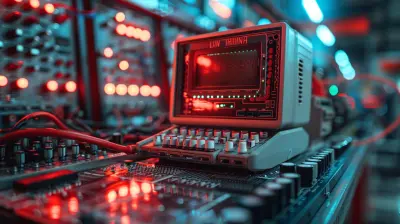

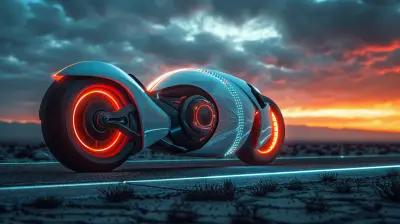

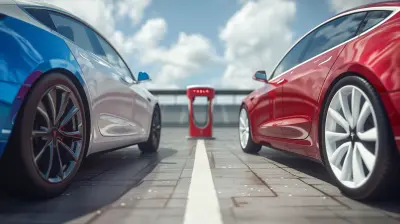

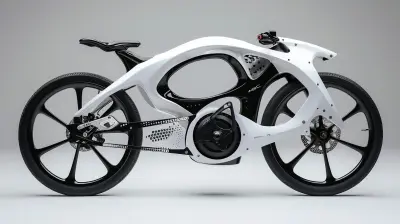




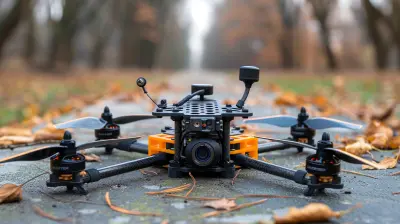
Karen Navarro
Great article! The exploration of wireless charging technology and its underlying science is fascinating. It's incredible to see how far we've come in making charging more convenient. I look forward to seeing how this technology evolves and becomes even more efficient in the future.
March 24, 2025 at 8:05 PM